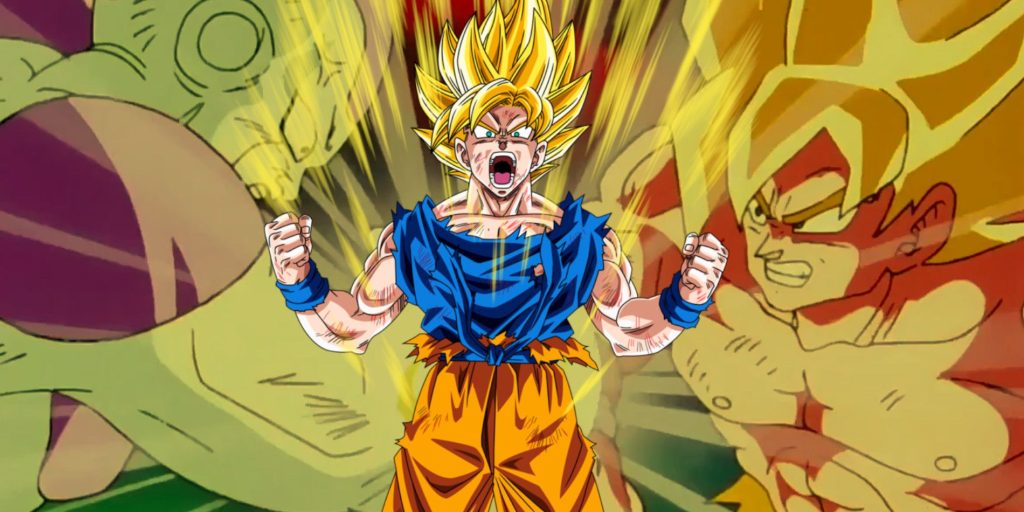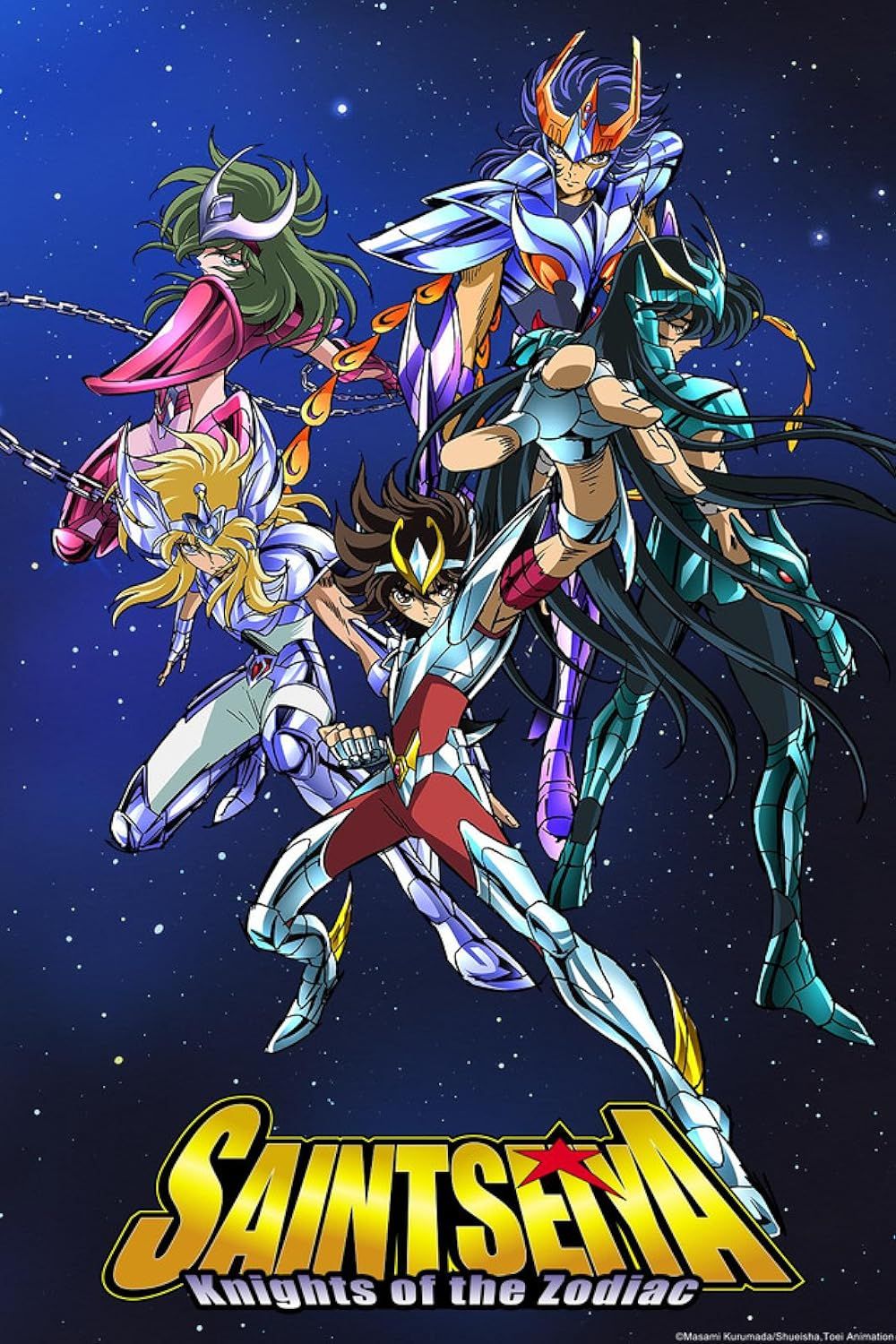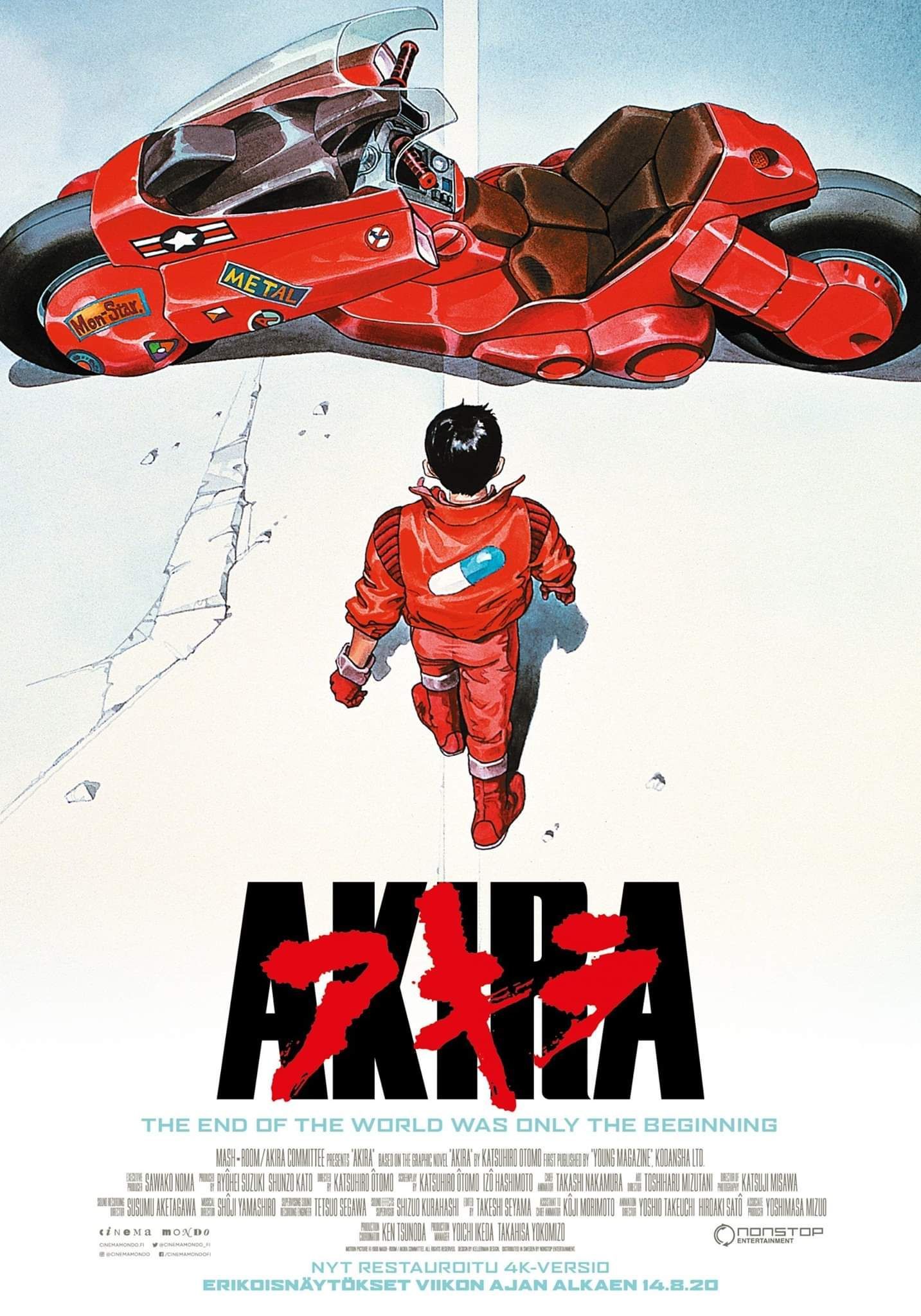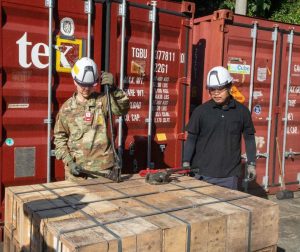Goku’s first time becoming a Super Saiyan is easily one of the most iconic transformations in all of anime. Goku’s guttural outburst of rage after seeing his friend Krillin killed at the hands of Frieza always sends chills down the spines of any Dragon Ball fan. Everything from the shots, the effects, and the dialogue are all instantly recognizable to viewers, from hardcore anime lovers to the general watcher. But as memorable as the scene is, it’s not the first time an anime character has undergone a major transformation.
Plenty of anime from the 70s and 80s have characters undergoing iconic transformations in their own right. Like the Super Saiyan transformation, these sequences are as memorable as they are iconic. With how popular Dragon Ball continues to be, it can be easy to forget that other anime helped lay the foundation for the series’ use of breathtaking displays of power.
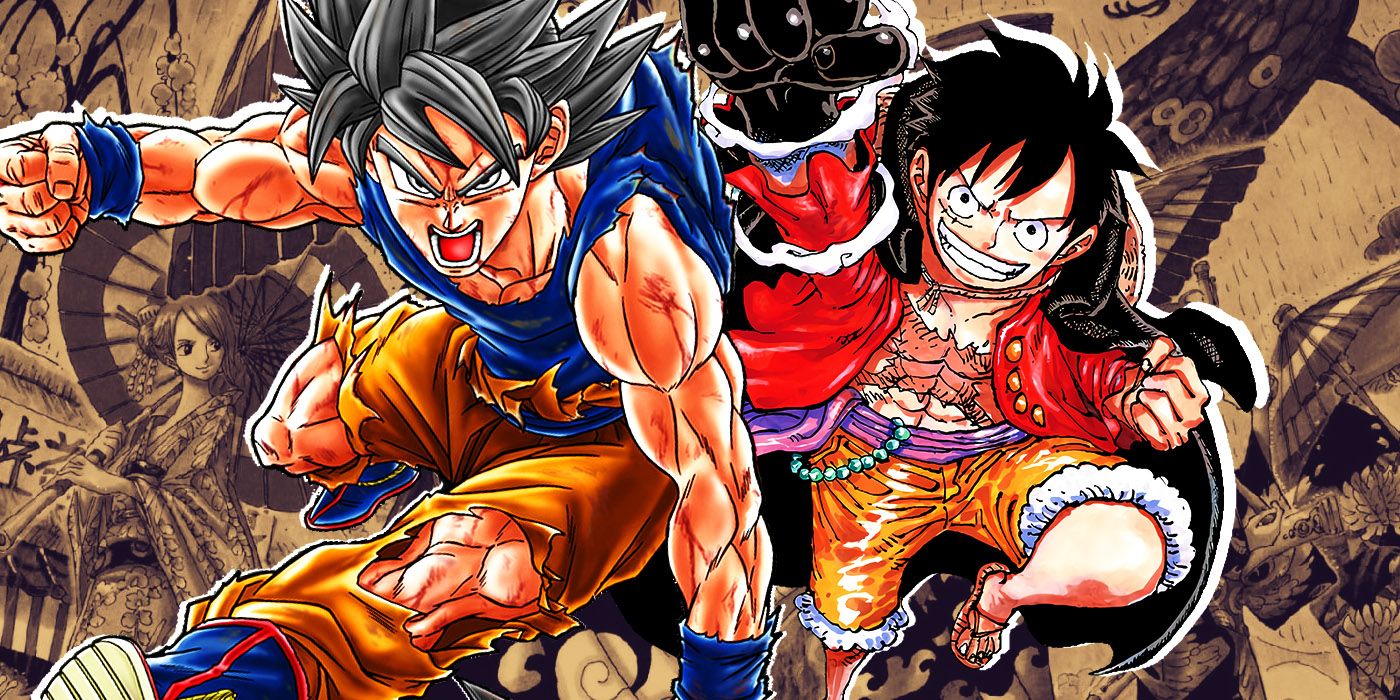
Related
Dragon Ball and One Piece Fans Didn’t Notice This Major Connection Between The Two Series
One Piece and Dragon Ball are linked by a staff member who has had a major impact on both franchises.
Seiya’s First Transformation Into a Saint Was A Sight To Behold for Anime 80s Anime Fans
Saint Seiya (1986)
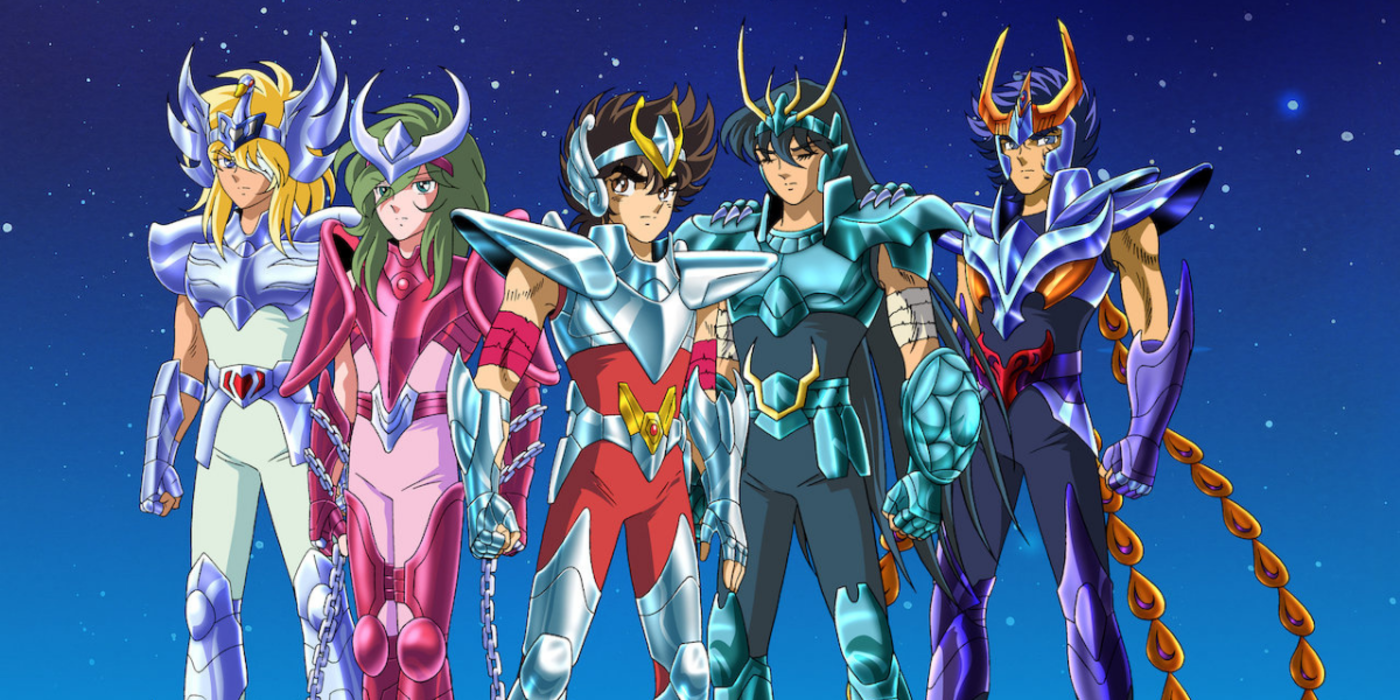
The Saint Seiya series is one of the most iconic Shonen series of its time and for good reason. The story follows a young man named Seiya as he awakens to his “inner Cosmo” to become a powerful warrior called a Saint. The series’ emphasis on characters based on constellations helped inspire anime like Sailor Moon to follow suit in the following decade. Seiya’s first transformation into his Pegasus Saint form is one of the highlights of the whole series.

Related
Saint Seiya: Saint Ranks, Explained
Saint Seiya’s Saint Ranks are Bronze, Silver, and Gold. What are their power hierarchies and iconic zodiac armors?
The transformation is unlike anything seen in most of the other action anime at the time. Saint Seiya has an intricate design with bold colors and even brighter armor to match. If one didn’t know any better, they’d assume the form was something taken out of a Japanese Super Sentai show. This new, exciting kind of transformation would be a blueprint for future anime series to follow in the ensuing decades.
Akira’s Horrifying Transformation Leaves a Terrifying First Impression
Akira (1988)
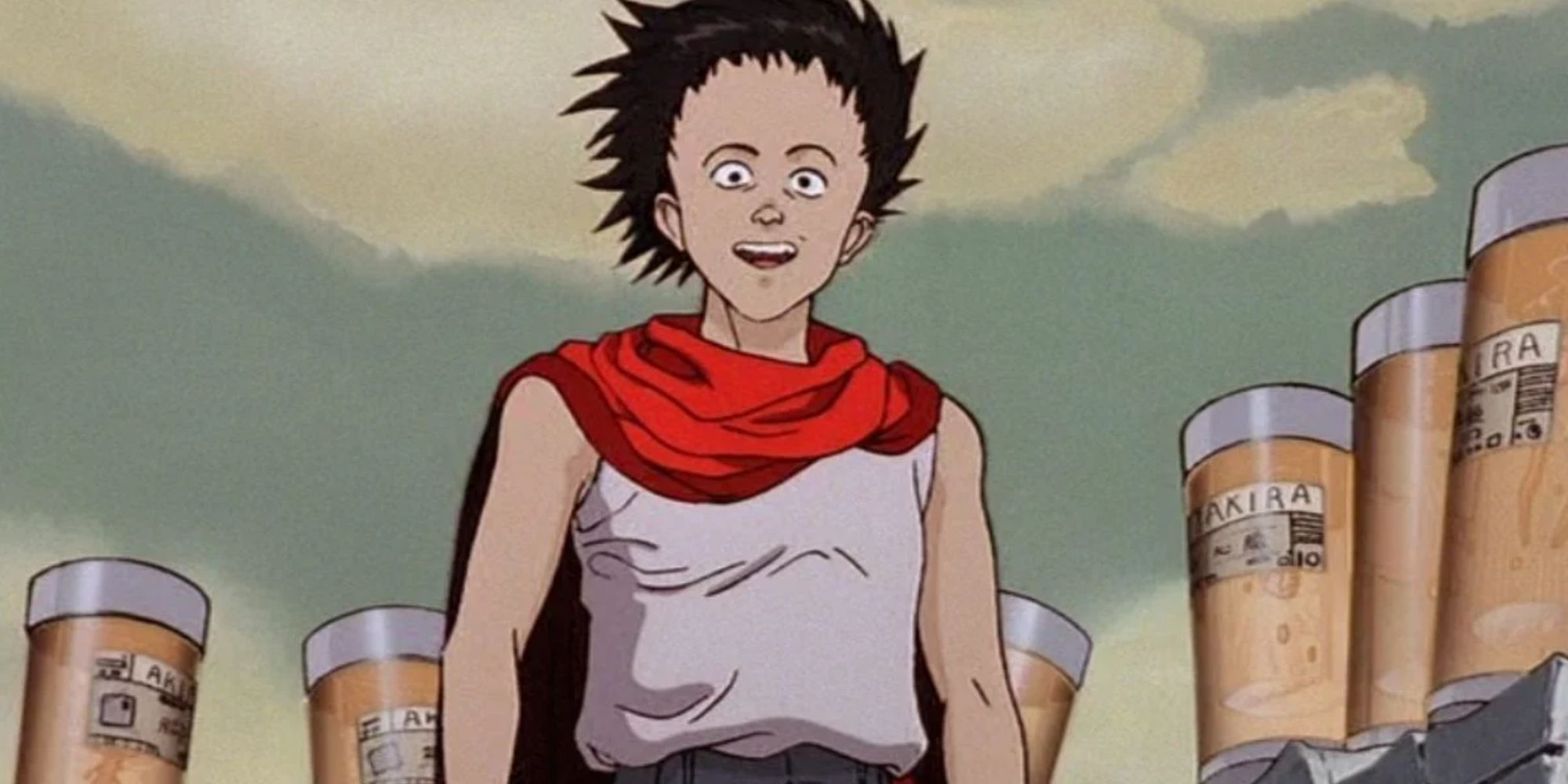
Akira is already known for a lot of things. Its dystopian sci-fi setting, militaristic police, and emphasis on achieving power at all costs make the themes of the film still feel profound to this day. In one of the most important scenes from 80s anime, Tetsuo, a boy with a severe inferiority complex, discovers a powerful esper named Akira. After gaining some of his abilities, Tetsuo uses them to his advantage, forcing others to respect him by force. However, the overuse of these abilities comes at a horrific cost.
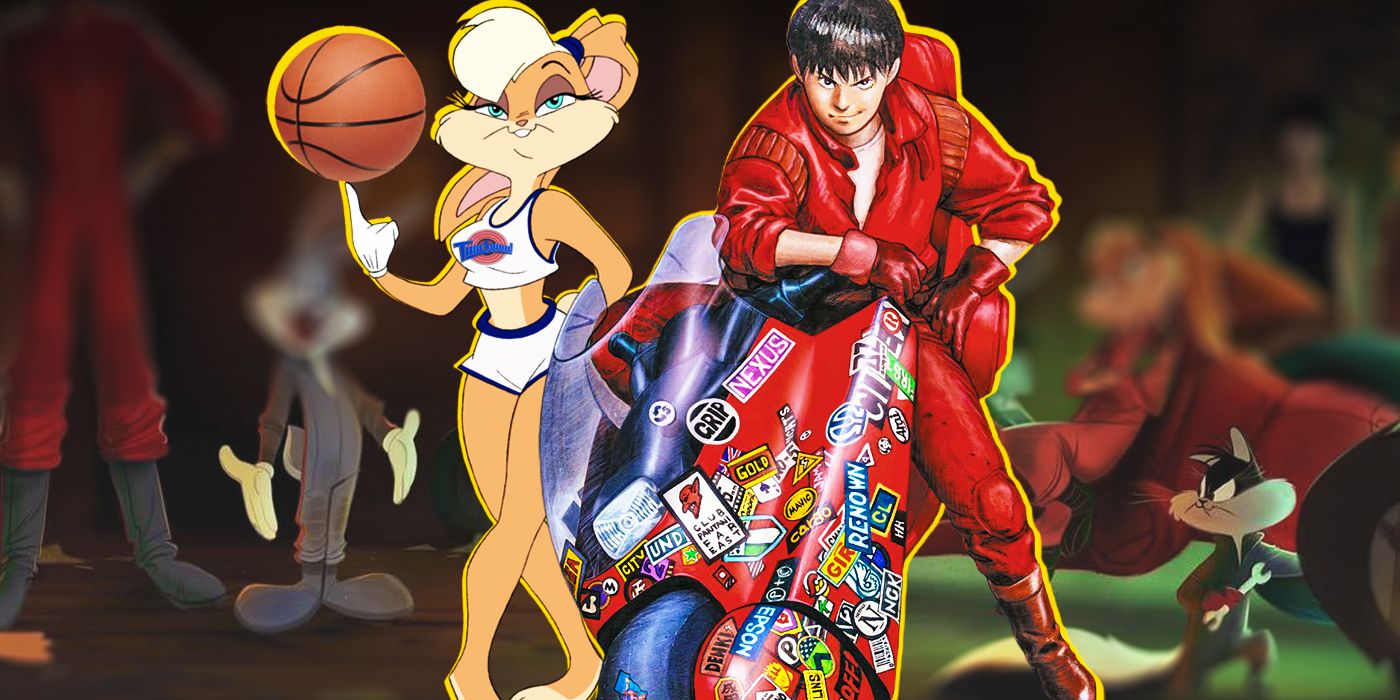
Related
Looney Tunes Meets Akira in Lost Scene From Space Jam Sequel
LeBron James and the Looney Tunes meets the wacky world of Akira in a lost anime-inspired sequence from Space Jam: A New Legacy.
Later in the film, Tetsuo unleashes his full power, transforming into an enormous glob of expanding cells and organs. This horrifying transformation is one of the most memorable and grotesque parts of the film. Tetsuo’s friend Kaneda desperately tries to reach out to him, but the psychic’s insistence on saving himself and proving his doubters wrong only escalates the situation. Tetsuo’s fate is unknown at the end of the film, but it’s clear that his monstrous transformation reflects the path his destructive desire for power takes him.
Devilman’s First Transformation is Followed by Mass Carnage
Devilman: The Birth (1987)
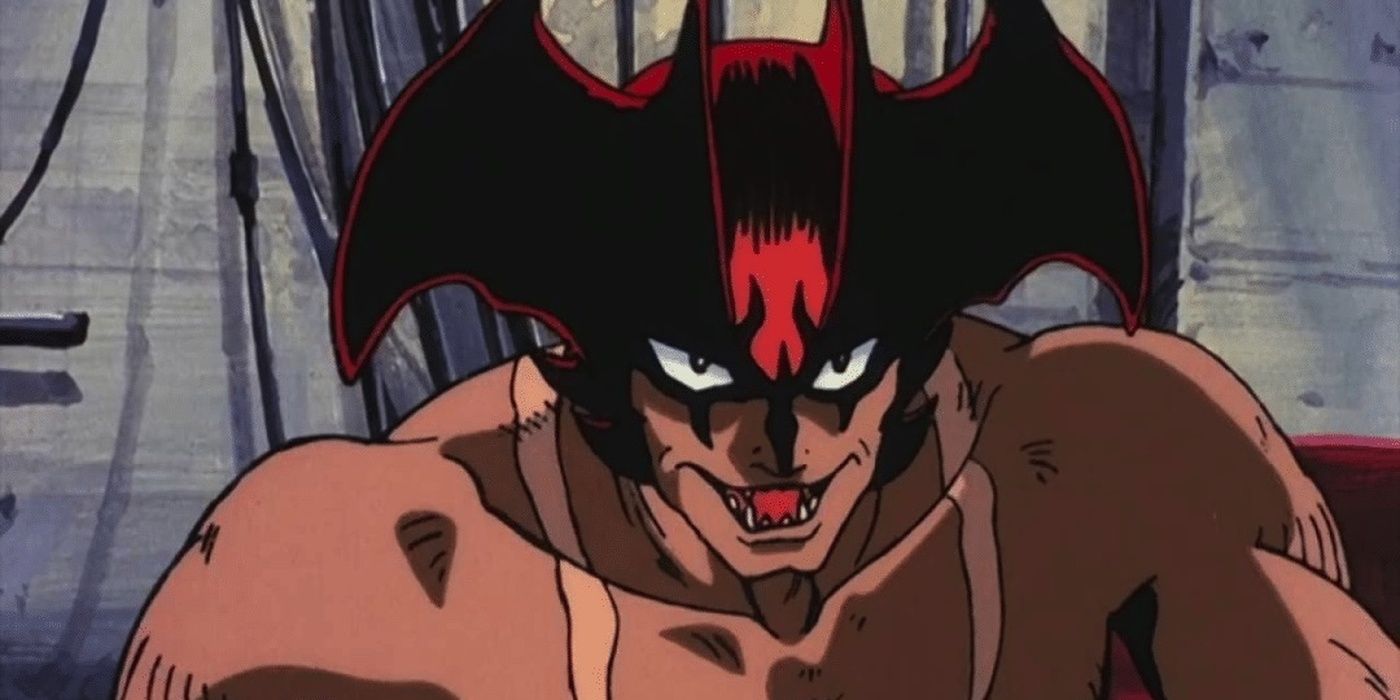
Akira’s first transformation into Devilman in the 1980s OVA, Devilman: The Birth, is simple yet terrifying. When confronted by a horde of monsters, Akira’s face and body begin to eerily morph into something just as demonic. His fingernails extend into claws, scars run over his body, and his face becomes pitch black. As creepy as this is to watch, the OVA wastes no time in letting Akira tear the monsters apart.
The new Devilman savagely beats his enemies into submission. He quickly tears apart the demons using his claws, ripping them to shreds with just his bare hands. The bloody display is one of the most one-sided encounters in all anime. Akira’s dominant display of power only stops once he goes to check on his friend Ryo, showing how deadly his new powers can be.
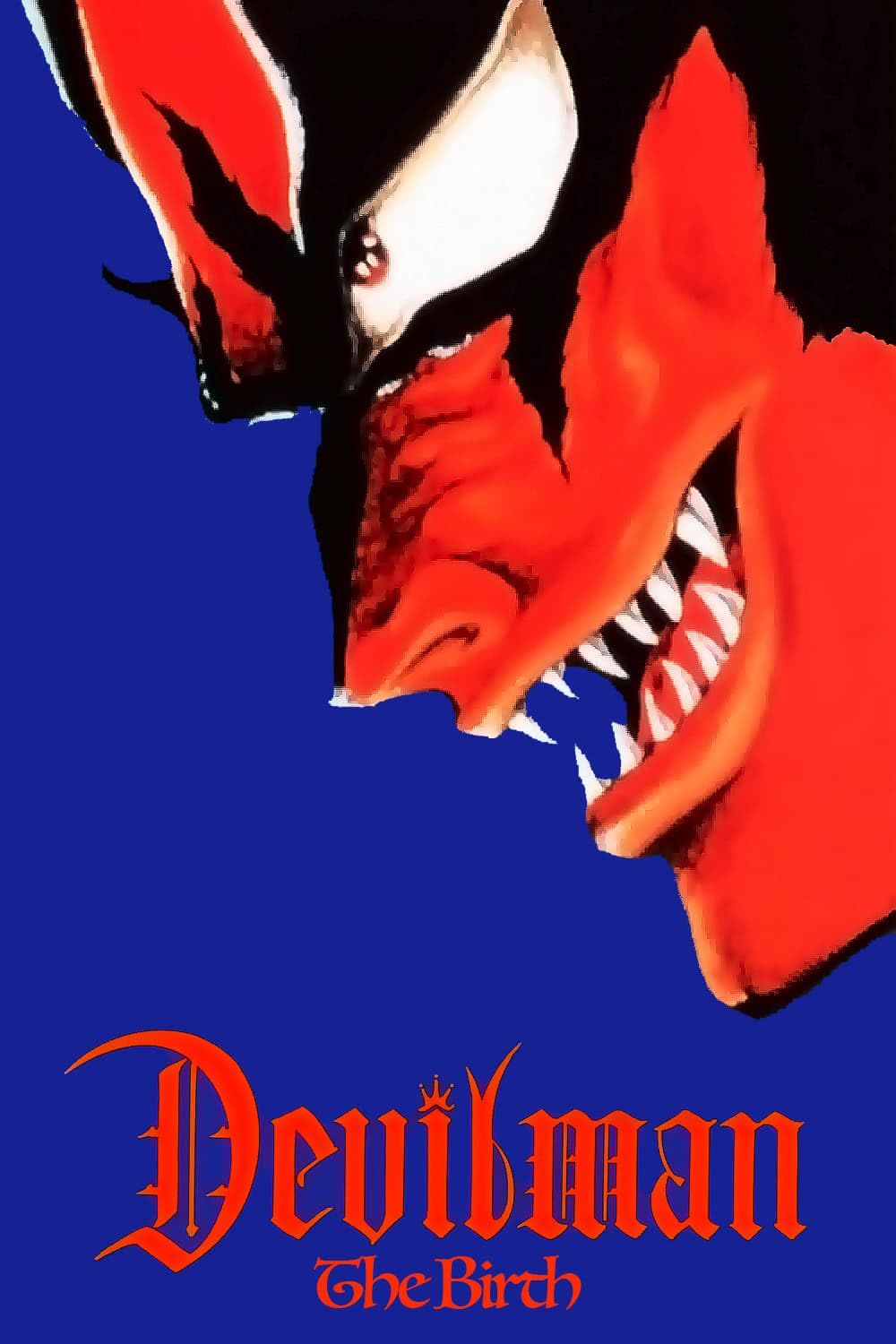
Devilman: The Birth
- Release Date
-
November 1, 1987
- Runtime
-
57 Minutes
Cutie Honey’s Transformations Helped Popularize the Magical Girl Genre
Cutie Honey (1973)
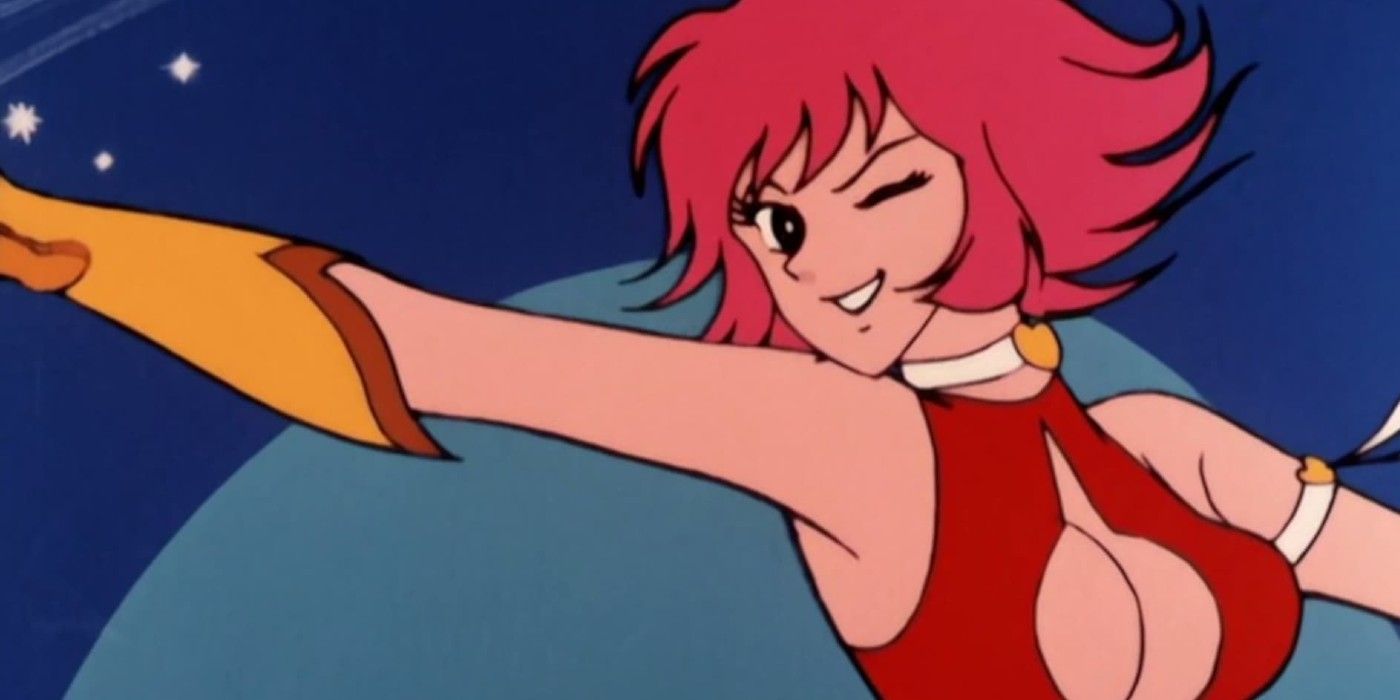
The debut of Cutie Honey‘s first anime adaptation made waves when it aired. Not only was it inspired by other popular hero shows like Kikaider, but its main heroine offered female representation at a time when it was a rarity. As the titular hero battled the evil forces of Panther Claw, she had to juggle her crime fighting with life attending the St. Chapel Academy Catholic school. These unique elements combined helped make Cutie Honey stand out from other action series that were aimed solely at boys and young men.
One of the most iconic parts of the series is undoubtedly Cutie Honey’s transformations. Not only can she use it to transform into her hero persona, but she can make numerous disguises for herself. This would inspire multiple future magical girl titles in later decades. Cutie Honey’s later anime adaptations would also have callbacks to the original anime and manga.
Macross Popularized Transforming Mecha and Revolutionized Mecha Anime as a Whole
Super Dimension Fortress: Macross (1982)
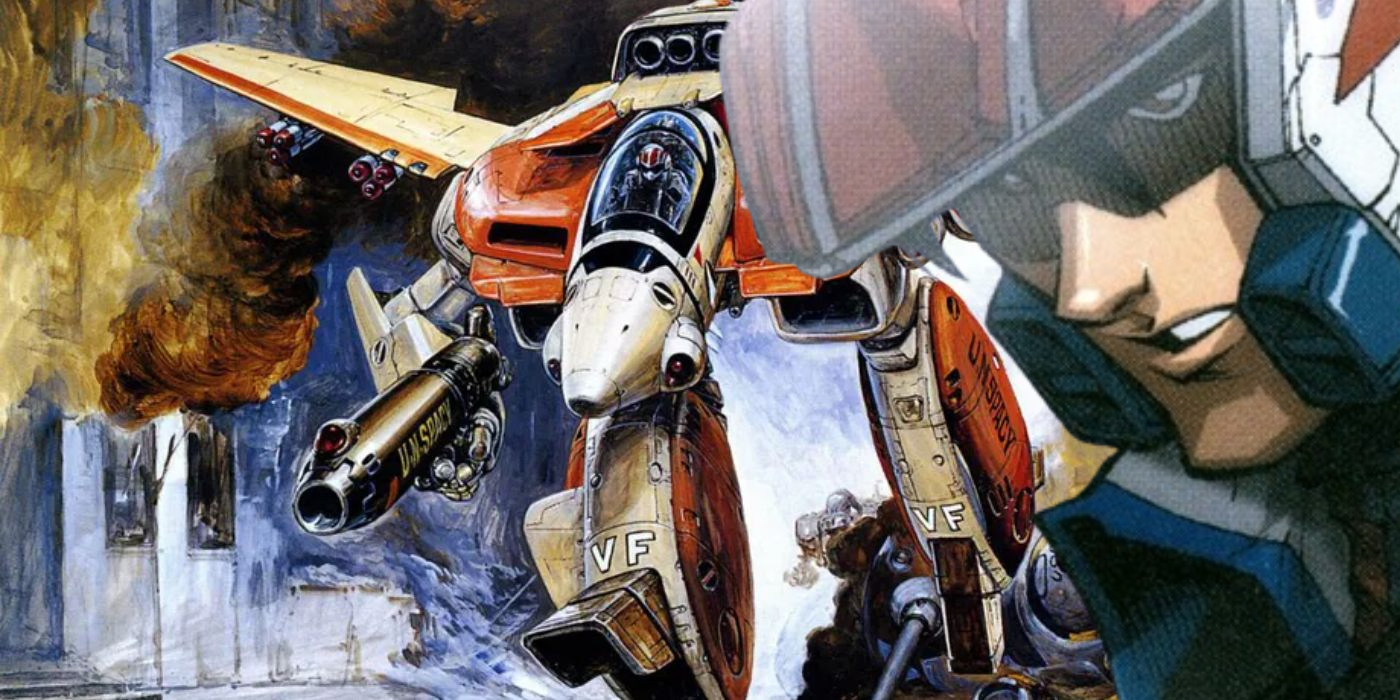
A cornerstone of the mecha anime genre, the first anime for Macross helped introduce the world to the VF-1 Valkyrie units. These variable units were used in battles against the Bionoids and the Meltrandi for control of the former’s giant battle fortress. Variations of the Valkyrie units like the VF-1S aren’t just high-spec fighter jets though.
These planes can transform into a Battroid mode, becoming gigantic bipedal robots. The unit’s Gerwalk mode also allows for the best of both worlds, allowing the body of the jet to grow two legs to walk around with. Seeing the VF-1S transform for the first time is still an epic sight to behold. Series like Mobile Suit Gundam and Transformers would be inspired to put robots with similar vehicle transformations at the forefront of their series. With the series finally available on streaming platforms like Hulu, even more fans can be exposed to these iconic robots.
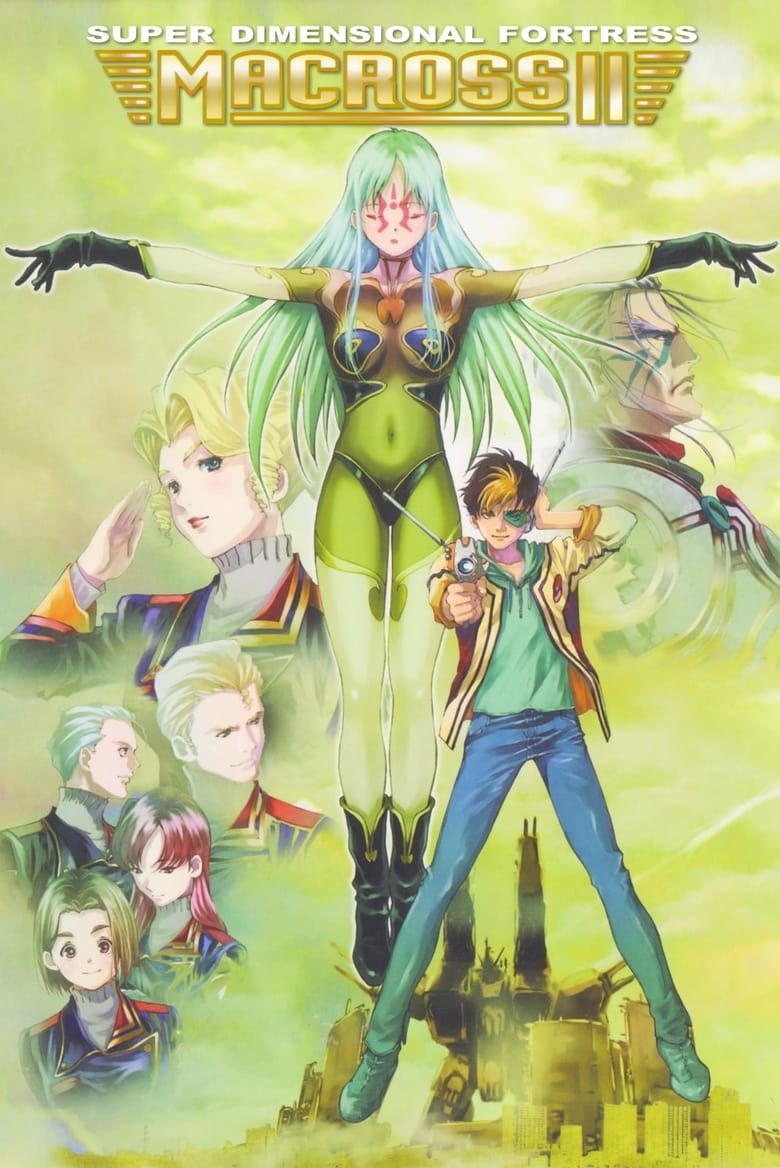
Super Dimensional Fortress Macross
- Release Date
-
October 3, 1982
- Directors
-
Yasunori Urata, Akira Nishimori, Masami Obari, Akihiko Nishiyama
- Writers
-
Sukehiro Tomita, Emu Arii
-

Arihiro Hase
Ishtar (voice)
-

Mari Lijima
Sylvie Gena (voice)
-
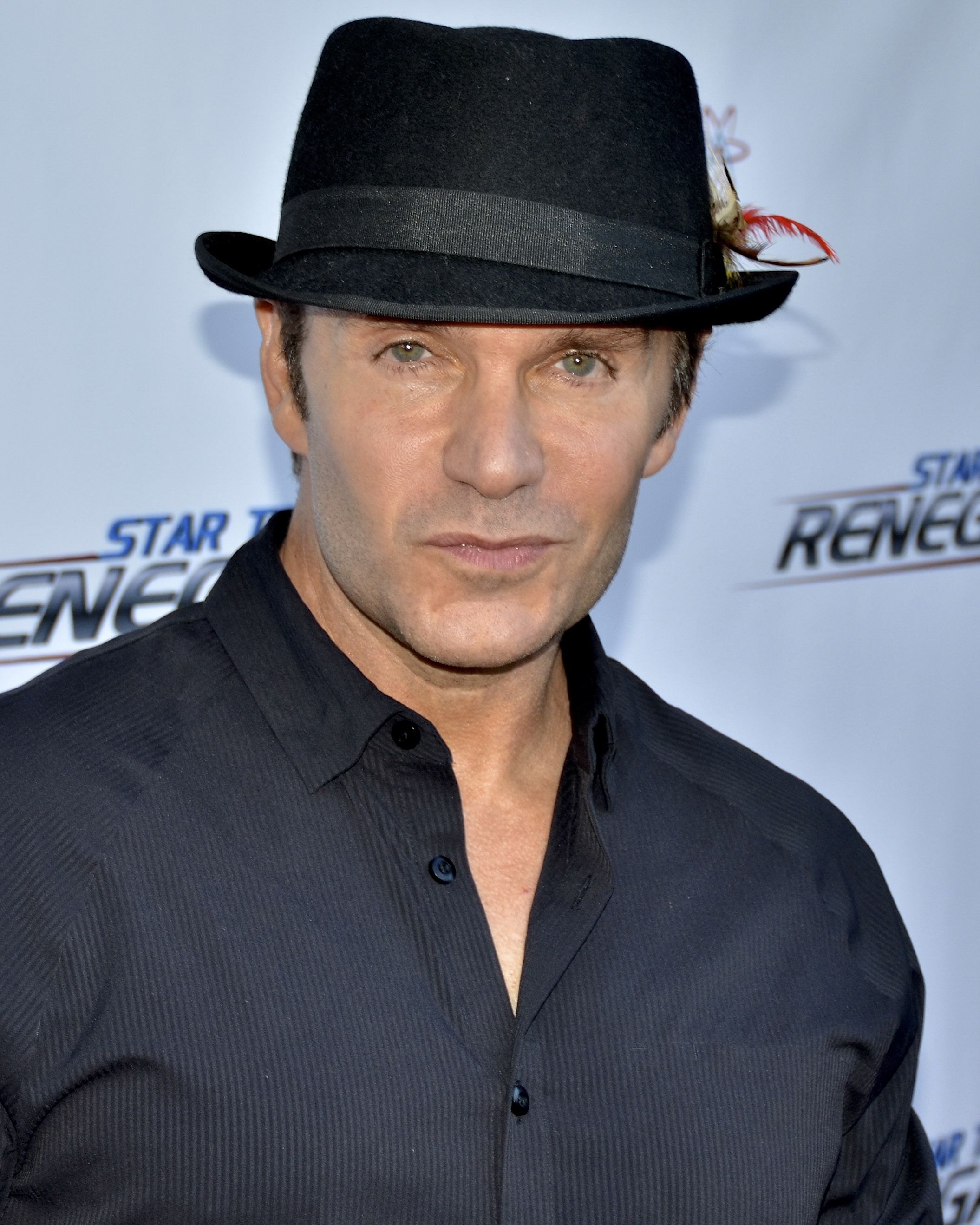
Vic Mignogna
Nexx Gilbert (voice)
-

Go-Lion’s First Transformation Still Lingers in Anime Fans’ Memories
Beast King Go-Lion (1981)
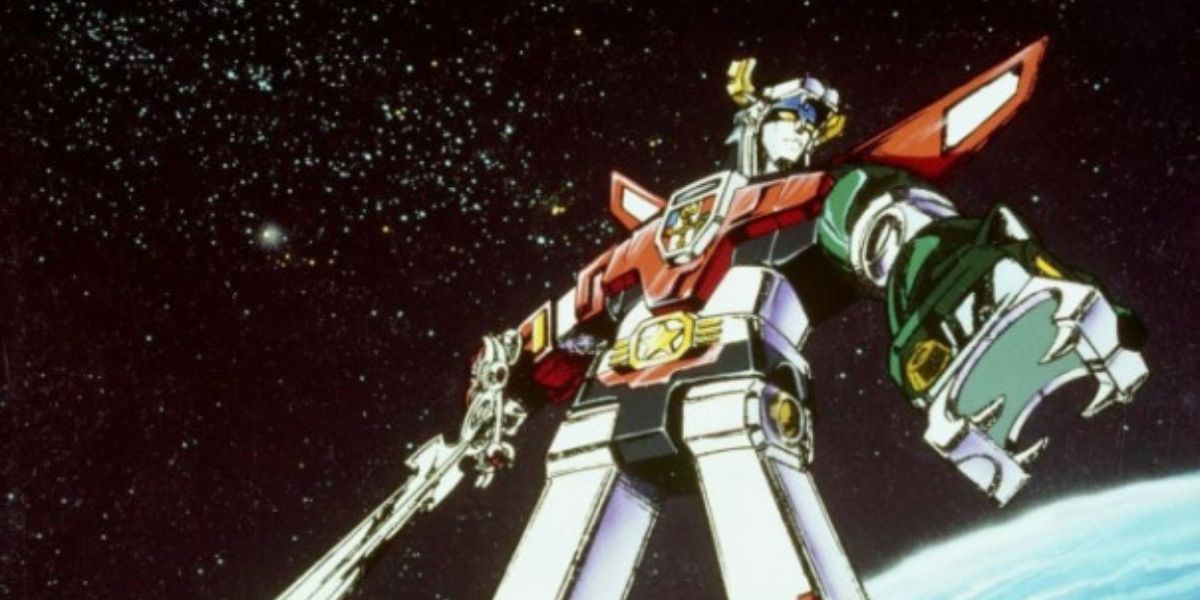
Another mecha anime worth mentioning is Beast King Go-Lion. While it would later be adapted as a part of the iconic Voltron series, Go-Lion is worth remembering in its own right. The series follows a group of space explorers unraveling the power behind five mysterious robotic lions. To defeat the forces of the Galra Empire, the explorers combine the lions to form the sentient robot Go-Lion. Like its other giant robot contemporaries, Go-Lion’s eye-catching first transformation drew many new fans into the series.
To many people, Go-Lion’s subsequent adaptation to Voltron was the very first time many had seen five separate robots combine into a larger mecha. This special moment helped both series make combining color-coded robots a staple in the anime genre. Voltron would go on to have many other adaptations, including a 2011 sequel called Voltron Force and a successful Netflix series that would air in 2016.



